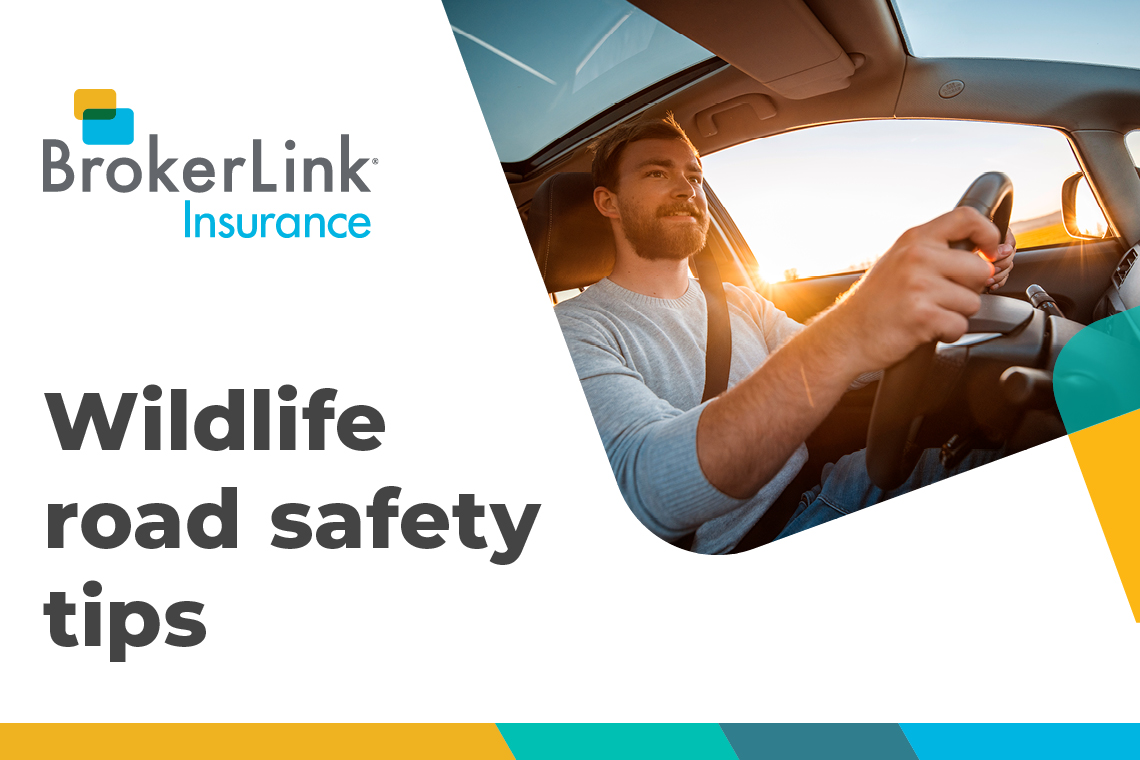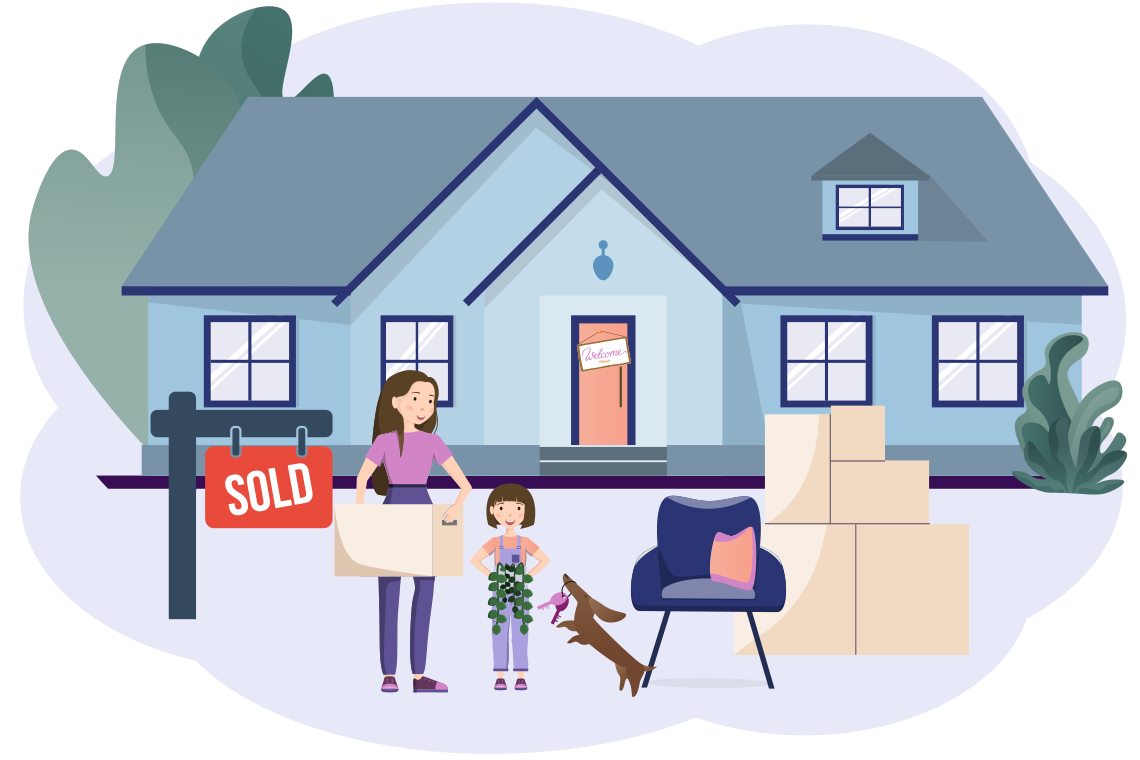
Sept. 03, 2025 | CREB
Wildlife road safety tips
Canada is well known for providing some of the most memorable wildlife encounters. We’re lucky to live in a country where the likelihood of seeing a moose in a marsh along a highway isn’t unrealistic.There are many wild animals and if you’re planning a road trip, you need to be aware of the possible hazards created by these wild residents roaming the highway.
Accidents involving wildlife in Canada vary from province to province. Approximately 80% of collisions involve deer and 1 out of every 17 motor vehicle collisions involve a wild animal, costing the insurance industry approximately $800 million annually. Fatalities due to wildlife collisions are most prevalent in Alberta at 22%, followed by Ontario at 17% and Quebec at 16%. These and other statistics noted on the Traffic Injury Research Foundation website support the importance of reducing your risk of wildlife collisions.
Tips for reducing the risk of a wildlife collision:
- Drive with extra caution during spring and fall, especially at dusk and dawn, as this is when animals are most active.
- The faster you’re going, the greater the distance you’ll need to stop. Always obey the speed limit, as some areas purposely have reduced limits where wildlife is prominent.
- Pay attention to yellow, diamond-shaped signs which indicate where animals are known to cross and take extra caution in these areas.
- Actively scan for wildlife in both rural and urban areas, especially in ditches ahead.
- If you see one animal, chances are there are more. So slow down and exercise caution.
- Keep your windshield and headlights clean to ensure an unencumbered view.
- At night, use your high beams when possible and watch for the reflection of an animal’s eyes.
- Consider an animal deterrent. A deer whistle, which emits an ultrasonic noise, is believed to help prevent collisions and can be attached to a vehicle.
What to do if you hit a wild animal:
- Stay calm. Pull off the road safely and turn on your hazard lights.
- If the animal is lying in the road, direct your headlights toward it so other drivers can see it.
- Don’t approach the animal – an injured animal can be dangerous.
Who to contact after an accident:
- If you’re injured, call 911.If the animal is still on the road, call the local RCMP to assist with removing it.
- Call your insurance company as soon as it’s safe to do so. Take photos of your vehicle and the collision site.
- In some provinces it’s required that you report a wildlife collision. Employ the assistance of the local RCMP as they’ll liaise with wildlife control or conservation officers.
Understanding your insurance – does it cover animal collisions?
If your auto policy includes comprehensive insurance, you’re covered for animal collisions. This coverage typically includes damages to your car caused by events out of your control – like collisions with animals. However, comprehensive auto coverage is not mandatory. This coverage typically covers damages to your car caused by events out of your control – like collisions with animals. If you only have liability insurance, which primarily covers damages you cause others, you’re generally not covered for animal collisions. Always ensure you talk with our insurance advisor and understand what type of coverage you have on your insurance policy.
Rest Assured, BrokerLink Has You Covered*
Call 1.833.998.3798 or visit BrokerLink.ca/CREB
Subject to policy conditions and exclusions. ©2025 Brokerlink Inc. ™BrokerLink & Design is a trademark of Brokerlink Inc. All rights reserved.
In partnership with Calgary Real Estate Board (CREB®), BrokerLink is proud to offer members exclusive insurance discounts on home and auto insurance.
Tagged: Sponsored




